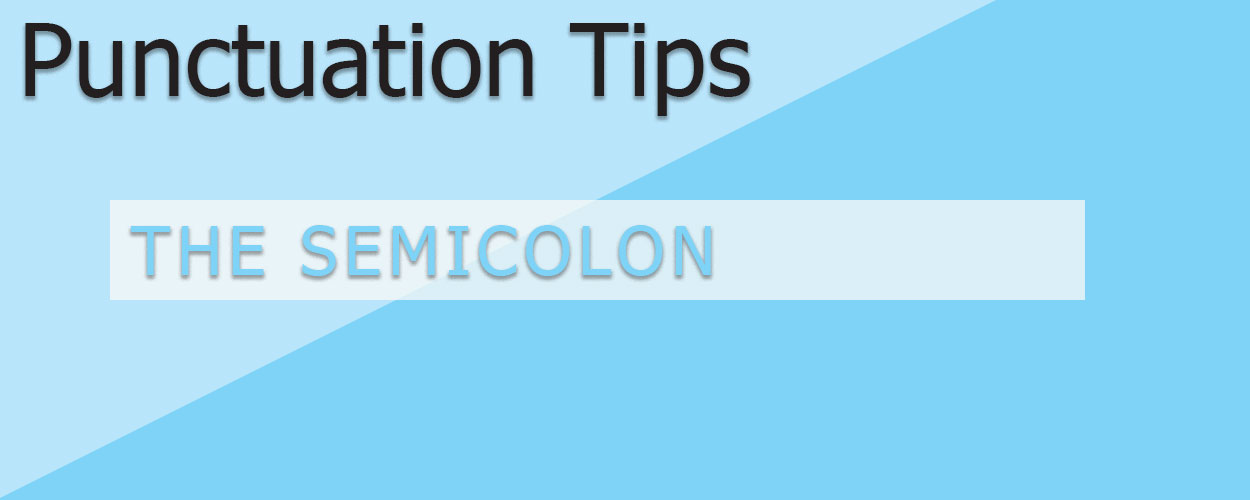

Posted: January 19, 2023
Definition: a punctuation mark (;) indicating a pause, typically between two main clauses, that is more pronounced than that indicated by a comma.
A semicolon is essentially a weak period. It resides between two full sentences in the same way a period does, but acts as a slightly shorter pause, about as much as a comma. However, not all periods can be replaced with semicolons. Typically, only when there is a direct relation between two sentences should a semicolon be used.
If two independent clauses are not connected by and, but, or, nor, for, so, or yet, you can separate them with a semicolon.
Use a semicolon before an independent clause introduced by hence, therefore, that is, however, then, indeed, for example, namely, etc.
Do not use a semicolon to separate an independent clause from a dependent one.
Semicolons may also be used as a “super comma” in some cases.
Use a semicolon to separate items in a series if any of the items contains a comma. (Note that not all items must have a comma, though all do in this example.)
Use a semicolon to separate items in a series if they consist of complete sentences.
A semicolon goes outside of an end quotation mark.
A semicolon never precedes a parenthesis (unless the parenthesis is used typographically, in mathematics, or as a design feature).
Aaron, J.E. & Morrison, A. The Little, Brown Compact Handbook, 5th Canadian ed. Pearson, 2013, chap 5
Judd, K. Copyediting, A Practical Guide, 3rd ed. California, CA: Crisp Learning, 2001, chap 4
Tigerpetal Press is a small book press dedicated to publishing local authors and poets.